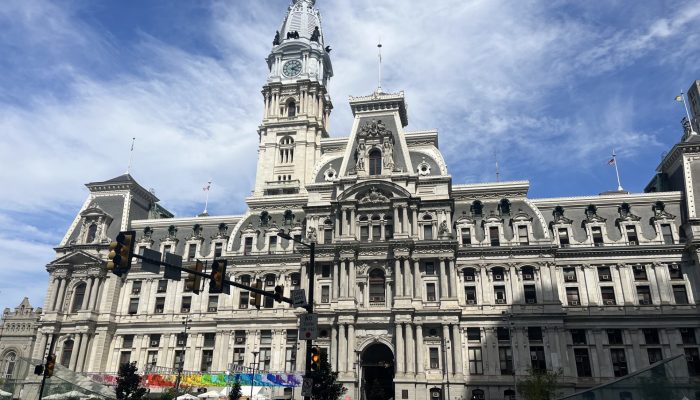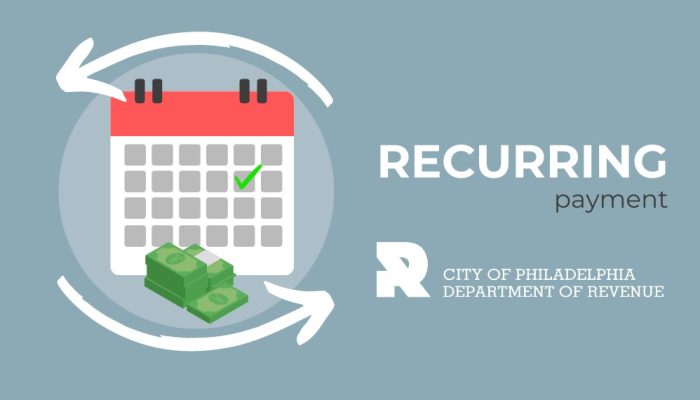By Shruthi Arvind, Revenue Policy Analyst
In Fiscal Year 2018, the Department of Revenue collected $446.1 million through the Business Income and Receipts Tax (BIRT). That’s 15% of the General Fund, the account the City draws from to support most city services, including police and firefighters, recreation centers, collecting trash and maintaining parks. Since the tax began, stakeholders have continually reshaped BIRT to respond to changing economic and budgetary needs. The parallel goals have always been to encourage the local economy to thrive, keep the City’s budget balanced, and meet residents’ needs.
Roots in the Mercantile License Tax (MLT)
Officially, BIRT began in 1985, but the tax can be traced back to the 1952 Mercantile License Tax (MLT). The MLT was a tax on gross receipts that was passed to compensate for declining real estate tax revenue. In the early 1980s, Mayor William Green proposed an increase to the MLT that was opposed by the Chamber of Commerce. A Business Tax Committee was formed to replace the MLT with a single income-based tax that was revenue neutral.
Today’s BIRT came about as a compromise solution. A total shift from a gross receipts tax to a business income tax would have led to some businesses facing significant tax increases or reductions; so instead a blended tax with both a net income and gross receipts portion was implemented based on recommendations from the business community.
The tax is different from a sales tax because its cost isn’t passed directly on to consumers. Businesses usually account for the BIRT in their cost structure, similarly to non-tax expenses such as labor and rent.
Fewer businesses owe BIRT
In 2014, the City created an exemption of the first $50,000 in gross receipts and a proportionate share of net income from BIRT. The impact was drastic. In one year, the number of businesses that owed the tax fell by more than 50%.
By 2016, a three-year phase in had increased the BIRT exemption to $100,000 in gross receipts and a proportionate share of net income. Only 30,000 businesses owed the tax that year out of nearly 100,000 businesses registered with the City. BIRT’s burden has been essentially abolished for around 70,000 Philadelphia businesses in the last ten years, even if they still must file a return each year. The graph below shows the number of businesses that paid BIRT from 2007 to 2016, which is the most recent year of complete data.
BIRT collections from 2007 – 2018 have been volatile. It is hard to predict BIRT revenues from one year the next because collections depend on business cycles and the economic market – year to year. Collections are also volatile because of changes to the BIRT structure – including its rates, the exemptions, and shifts in the way BIRT is calculated.
A more flexible tax
The Department of Revenue, in collaboration with City Council and other departments, have also made it easier to pay BIRT. Some of the changes that allowed this include:
- Gradually reducing BIRT’s rate. In 1995, the rate was 3.250 mills on gross receipts and 6.50% on taxable net income. In 2019 the rate will be 1.415 mills on gross receipts and 6.25% on taxable net income. The City’s five-year plan anticipates that the taxable net income will be reduced to 6% by 2023, as incremental rate reductions have already been passed into law.
- Adopting a single sales factor apportionment for BIRT in 2015. Under this policy, taxable profits are only calculated on sales in Philadelphia – and not on the value of property, payroll, and sales.
- Adding flexibility in making BIRT payments from 2019 onwards for new businesses. From 2019, no estimated tax payments are required in the first year of a business operation. In the second year, the business can make quarterly tax payments.
Where are we today?
BIRT is a frequent target of criticism, typically because the structure of taxing gross receipts and net income is unusual. Critics also say that the BIRT rate is high and makes Philadelphia a less attractive city for entrepreneurs and other businesses.
However, drastically changing or abolishing BIRT would have far-reaching consequences. BIRT detractors have valid points, but the criticism often overlooks historical context, the most recent data, and ongoing reforms.
Would business suddenly skyrocket in Philadelphia if BIRT disappeared? It’s difficult to know, but it’s hard to imagine how the city would make up for the lost revenue. Without BIRT, the city would lack the resources to pay for libraries, public safety, fire stations, road improvements and other critical services that we all depend on. Cuts to those services would inarguably make Philadelphia a less attractive city to businesses, residents and visitors. Over the years, smart reforms have helped BIRT evolve into a simpler tax that serves as a key revenue stream for the City. BIRT hasn’t reached its most perfect version yet and will likely keep changing to meet the City’s new needs. It remains a vital source of funding for the services that are essential to Philadelphia.
Follow the Philadelphia Department of Revenue on Facebook, Twitter, and YouTube to stay on top of changes to BIRT and other taxes.




